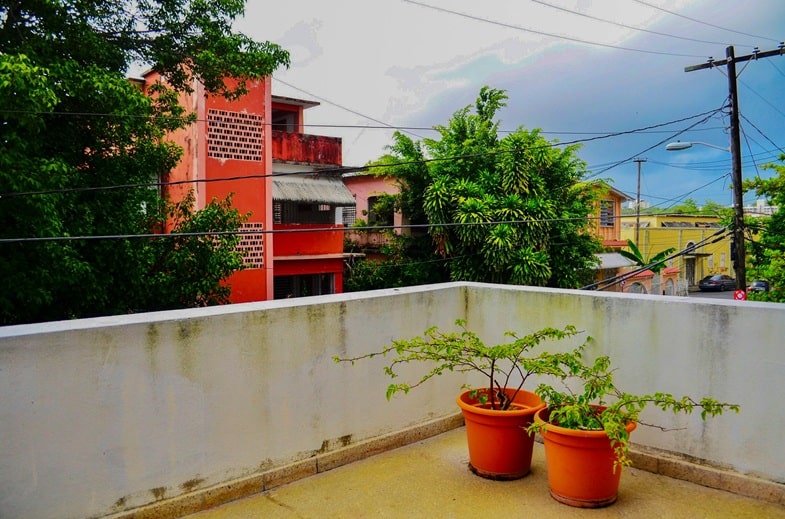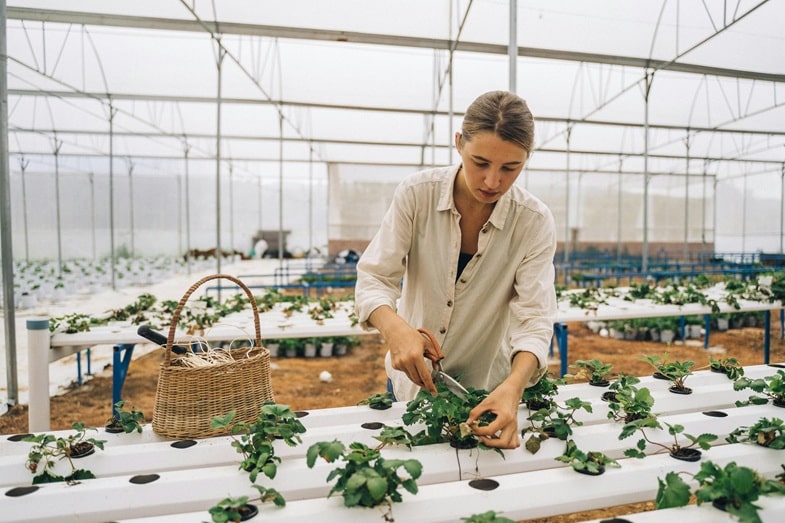Published on: 28/03/2025
Growing cannabis on your balcony is an increasingly popular practice among plant enthusiasts, for both recreational and therapeutic purposes
If you’re considering embarking on this new adventure, it’s essential to have the right information to achieve the best results.
In this guide, we will provide you with all the details on how to grow cannabis on your balcony, taking into account crucial factors such as soil selection, light management, irrigation, and much more.
Why Grow Cannabis on Your Balcony?
Growing cannabis on your balcony offers several advantages for various reasons. First and foremost, it allows you to have full control over the quality of your plants, avoiding exposure to chemicals commonly used by commercial growers. Additionally, if done correctly, growing cannabis on your balcony can be relatively simple, especially with the help of quality cannabis seeds and proper equipment. Finally, having your own cannabis plant can be a source of personal satisfaction, serving as a hobby that also provides the benefits of harvesting fresh cannabis flowers directly from your home.
However, there are some important considerations to make before starting to grow cannabis on your balcony. The first is the climate: some cannabis varieties may not tolerate cold or humidity well, so it’s essential to choose the right type for your climate zone. The position of your balcony and the amount of sunlight it receives throughout the day are other key factors that will influence the health of your plants.
Preparing the Balcony: Choosing the Right Location
The first step to successful cultivation is choosing the right spot on your balcony. Cannabis is a sun-loving plant, so it’s crucial that your plant receives direct sunlight for at least 4-6 hours a day. If your balcony is exposed to sunlight for many hours, you have a great foundation for cultivation. However, if sunlight exposure is limited, you may need to consider using artificial lights to supplement natural light, especially during winter months or in areas with cloudier climates.
The ideal location should also allow for good ventilation. Cannabis plants require proper airflow to avoid mold or disease issues. So, if your balcony is very enclosed or poorly ventilated, you might want to consider installing an additional ventilation system. This is particularly important during the growth and flowering stages when humidity can accumulate.
Read also : The Advantages and Disadvantages of Aeroponic Cultivation


Choosing the Right Cannabis Seeds
A crucial step in growing cannabis on your balcony is selecting the right seeds. There are different cannabis strains, each with unique characteristics. Some seeds are better suited for outdoor cultivation, while others are more suitable for indoor or protected environments. When growing on a balcony, it is essential to choose cannabis seeds that can thrive in an open environment, exposed to the elements, and with temperatures that may fluctuate throughout the year.
For example, cannabis sativa strains tend to grow taller and require a lot of space. If your balcony is small, you might want to opt for auto-flowering or indica varieties. Auto-flowering strains are particularly well-suited for cultivation in limited spaces, as they grow quickly and do not require complex light cycles.
Preparing the Soil and Pots
Another crucial aspect of cannabis cultivation is the quality of the soil. Cannabis requires a well-draining substrate that is rich in nutrients and allows the roots to develop healthily. You can use a specific cannabis soil mix, but if you can’t find one, you can create your own blend using universal soil, perlite, and compost. Perlite helps improve drainage, while compost provides the necessary nutrients.
If you’re growing in pots, choose containers that are large enough, at least 20-30 liters, to ensure proper root development. The pots should have drainage holes to avoid water stagnation, which could lead to root rot.
Plant Care: Irrigation and Nutrients
Cannabis requires regular watering, but it’s essential to avoid water stagnation. The frequency of irrigation depends on several factors, such as the size of the plant, the type of soil, and the climate. A general rule is to water when the soil feels dry to the touch, but without allowing it to get too dry between waterings.
Nutrients are equally important. During the vegetative growth stage, cannabis plants need a higher amount of nitrogen, while during flowering, they require more phosphorus and potassium. There are specific fertilizers for cannabis that you can use during these stages, but if you prefer a more natural approach, you can also use compost or compost tea.
Pruning and Supporting the Plants
Pruning is an essential technique to ensure healthy growth and optimize the plant’s yield. During the early stages of growth, you can remove lateral shoots to encourage the development of a strong main stem. As the plant starts growing, you may need to tie or support it with stakes or trellises, especially if the variety you’re growing tends to get tall.
Pruning should be done carefully: removing too much foliage or branches could weaken the plant, so it’s important not to overdo it. Each cannabis variety may require a different approach to pruning, so studying the variety you’ve chosen will help you understand when and how to intervene.
Read also : How to Prepare the Ideal Soil for Cannabis Cultivation


Monitoring Plant Health
Throughout cultivation, it’s important to constantly monitor the health of your plants. In case of diseases or pests, you need to act quickly to prevent the issue from spreading. Cannabis plants can be prone to various fungal diseases or insect infestations, such as aphids and whiteflies. If you notice yellowing leaves, dark spots, or signs of deformation, it might be time to apply natural treatments, such as potassium soap or neem oil.
Fungal diseases, like gray mold, can be particularly problematic in humid environments. To prevent this, it’s recommended to monitor the humidity and ensure that the plant has adequate airflow. If you’re growing in a particularly humid climate, investing in a dehumidifier for the environment may be helpful.
Harvesting and Curing the Flowers
The final stage of cultivation is the harvest of the flowers. When cannabis plants reach maturity, the buds begin to produce trichomes, which are the source of cannabinoids like THC and CBD. To determine the right time to harvest, observe the trichomes: when they turn milky or amber in color, the plant is ready to be harvested.
After harvesting, the flowers need to be dried and cured. Drying should take place in a dark, well-ventilated environment, while curing involves keeping the flowers in airtight containers for several weeks. During this period, a chemical transformation occurs that improves the quality of the final product.
Conclusion
Growing cannabis on your balcony is a practice that, if done with attention to detail, can yield excellent results. The key to success lies in choosing the right strains, providing constant care for the plants, and continuously monitoring all aspects, from light to watering, to the final harvest. With a bit of patience and dedication, you’ll be able to enjoy the fruits of your labor and produce high-quality cannabis flowers right at home.









